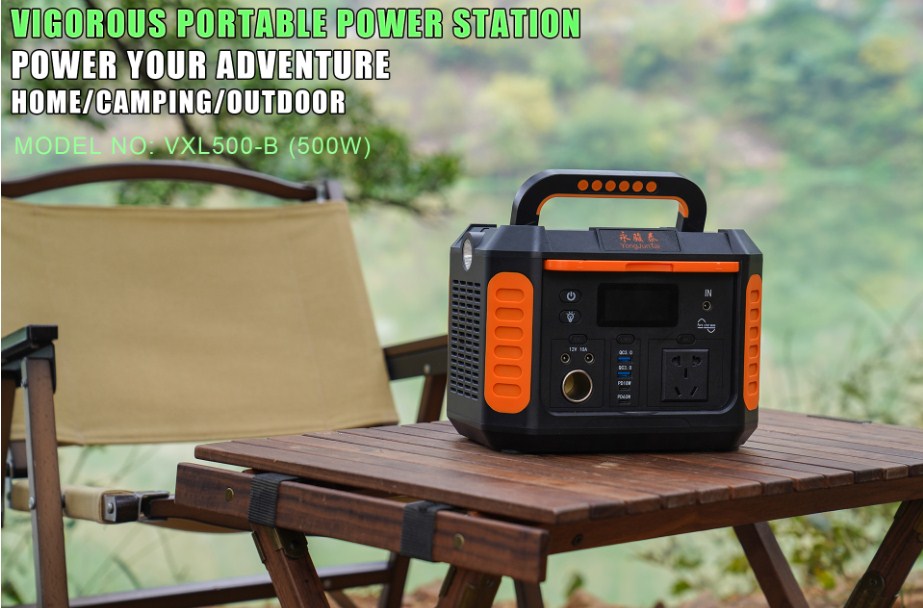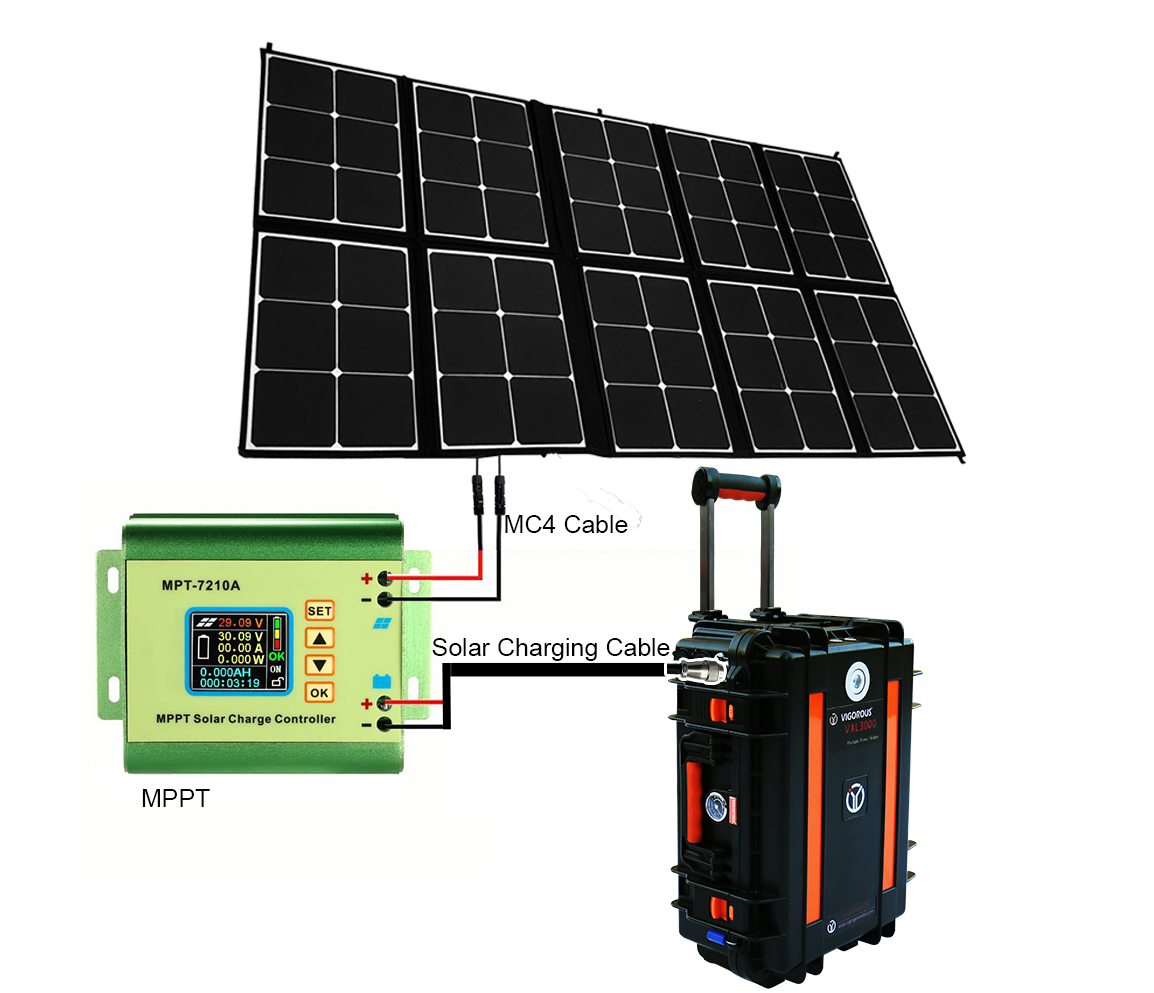You are thinking about buying solar panels, but got confused about which type to go for? You’re at the right place. There’s a myriad of variables that you should take into account when you are buying a solar photovoltaic (PV) system – our job here at Energy Informative is to help you sort through them!
In this article, you will learn everything you need to know about the different types of solar panels for home use (mono-, polycrystalline.
Let’s start with the different types of solar panels currently on the market, list their benefits and downsides, and then look at a few typical scenarios where certain types would be the better than others (hopefully one of them resonates with you).
Almost 90% of the World’s photovoltaics today are based on some variation of silicon.[1] In 2011, about 95% of all shipments by U.S. manufacturers to the residential sector were crystalline silicon solar panels.
The silicon used in PV takes many forms. The main difference is the purity of the silicon.
But what does silicon purity really mean? The more perfectly aligned the silicon molecules are, the better the solar cell will be at converting solar energy (sunlight) into electricity (the photoelectric effect).
The efficiency of solar panels goes hand in hand with purity, but the processes used to enhance the purity of silicon are expensive. Efficiency should not be your primary concern. As you will later discover, cost-and space-efficiency are the determining factors for most people.
Solar cells made of monocrystalline silicon (mono-Si), also called single-crystalline silicon (single-crystal-Si), are quite easily recognizable by an external even coloring and uniform look, indicating high-purity silicon, as you can see on the picture below:
Monocrystalline solar cells are made out of silicon ingots, which are cylindrical in shape. To optimize performance and lower costs of a single monocrystalline solar cell, four sides are cut out of the cylindrical ingots to make silicon wafers, which is what gives monocrystalline solar panels their characteristic look.
A good way to separate mono- and polycrystalline solar panels is that polycrystalline solar cells look perfectly rectangular with no rounded edges.
The first solar panels based on polycrystalline silicon, which also is known as polysilicon (p-Si) and multi-crystalline silicon (mc-Si), were introduced to the market in 1981. Unlike monocrystalline-based solar panels, polycrystalline solar panels do not require the Czochralski process. Raw silicon is melted and poured into a square mold, which is cooled and cut into perfectly square wafers.
Having your particular situation evaluated by an expert would be the best way to find out what solar panel type would be best for your household. Here are some of the typical scenarios we see:
For those who don’t have enough space for thin-film solar panels (the majority of us), or if you want to limit the amount of space their PV-system takes up, crystalline-based solar panels are your best choice (and they would likely be the your best choice even if you had the extra space). There are not a whole lot of solar installers and providers that offer thin-film solar panels for homeowners at this point.
You will have a choice of different solar panel sizes. The 180, 200 and 220-watt rated solar panels are usually physically the same size. They are manufactured exactly the same way, but under- or overperform when tested, hence ending up in different categories for power output. If size is important, you should go for the highest rated power output for a particular physical size.
Both mono- and polycrystalline solar panels are good choices and offer similar advantages. Even though polycrystalline solar panels tend to be less space-efficient and monocrystalline solar panels tend to produce more electrical power, this is not always the case. It would be nearly impossible to recommend one or the other by not examining the solar panels and your situation closer.
Monocrystalline solar panels are slightly more expensive, but also slightly more space-efficient. If you had one polycrystalline and one monocrystalline solar panel, both rated 220-watt, they would generate the same amount of electricity, but the one made of monocrystalline silicon would take up less space.
 Outdoor Portable Power Station,Enjoy Life
Outdoor Portable Power Station,Enjoy Life
 Solar Generator September Promotion only have 7 days left
Solar Generator September Promotion only have 7 days left
 How to choose a best suitable Solar Generatoar
How to choose a best suitable Solar Generatoar
 Why You Should Use Solar Power
Why You Should Use Solar Power